Iceland is more than just stunning landscapes and natural wonders—it’s a treasure trove of cultural experiences waiting to be explored. From centuries-old sagas to contemporary art, vibrant music festivals, and unique culinary traditions, Iceland’s culture is as dynamic as its volcanic terrain. But when is the best time to soak up all that cultural goodness? The timing of your visit plays a crucial role in what you’ll experience.
Table of Contents
Understanding Iceland’s Cultural Landscape
Influence of History and Nature on Icelandic Culture

Icelandic culture is deeply rooted in its Viking history and the raw power of nature that surrounds it. The harsh climate and isolation have fostered a resilient and creative society. Storytelling, poetry, and music became essential forms of expression, giving rise to rich literary traditions that continue today.
Key Cultural Elements: Literature, Music, and Art
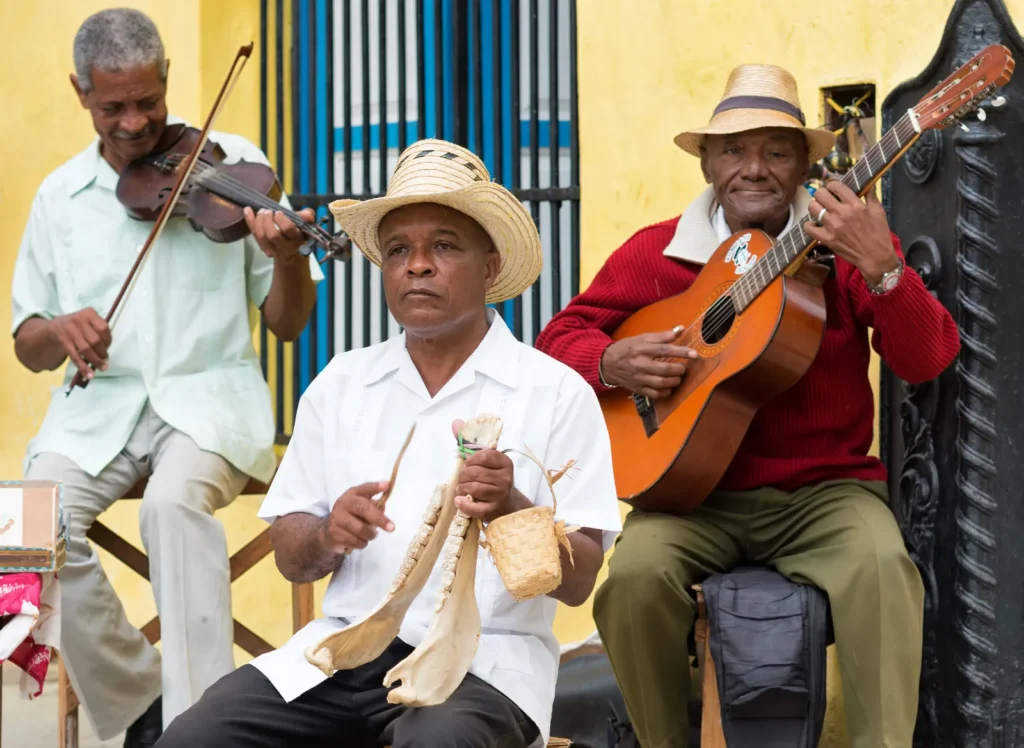
Icelanders are passionate about literature, with one of the highest per capita rates of book publishing in the world. Music, from haunting folk tunes to cutting-edge indie sounds, thrives here, as does art, often reflecting the island’s dramatic landscapes.
Best Seasons for Cultural Experiences in Iceland
Spring (March–May): Rebirth and Local Festivals
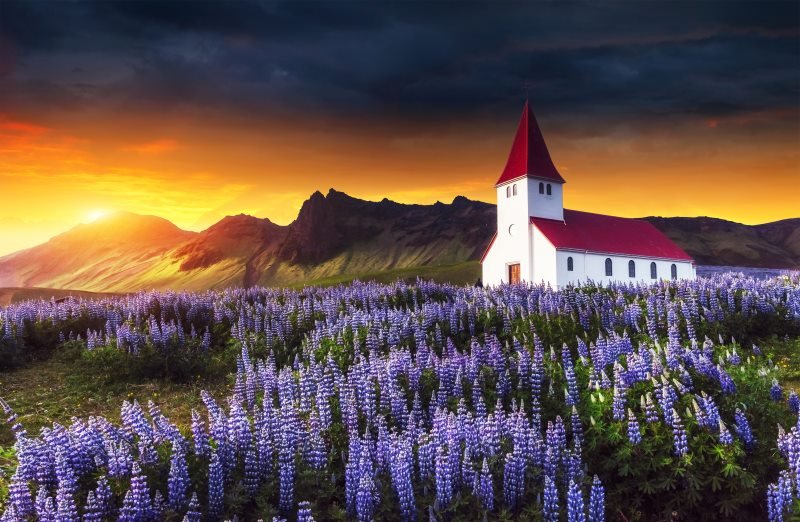
Spring marks the awakening of Iceland from its long winter. This is when locals celebrate the “First Day of Summer,” a public holiday filled with parades and festivities. It’s a quieter time for cultural exploration without the summer crowds.
Summer (June–August): Peak Festivals and Midnight Sun
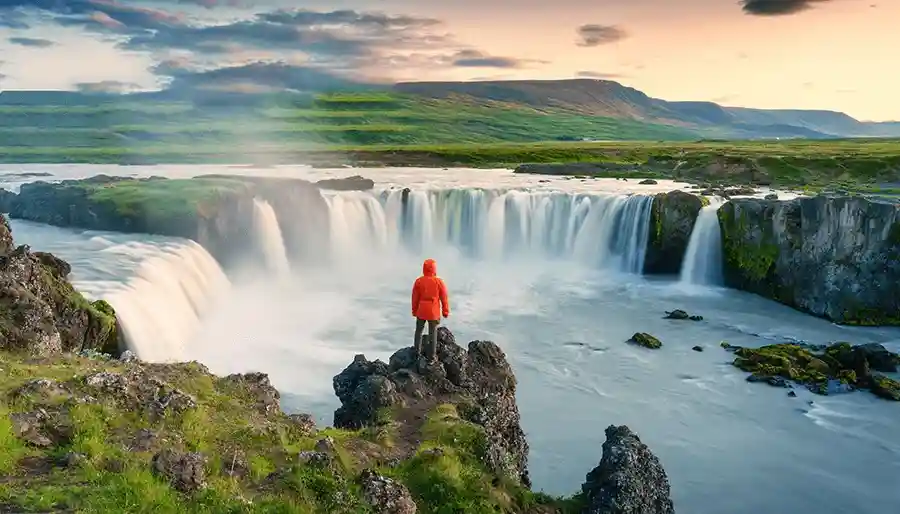
Summer is the cultural high season. With nearly 24 hours of daylight, the country buzzes with festivals like the Reykjavík Arts Festival and Secret Solstice, where you can dance under the midnight sun. Outdoor concerts, art exhibitions, and cultural walks make summer irresistible for culture seekers.
Autumn (September–November): Cozy Culture and Northern Lights
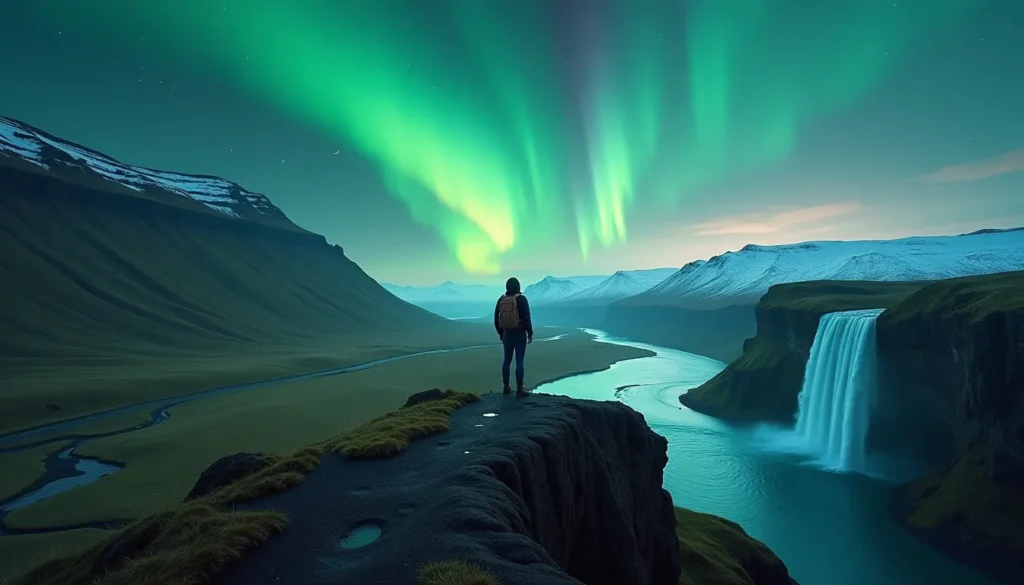
As temperatures drop, Icelanders retreat indoors, embracing a culture of coziness, or hygge. The Reykjavík International Film Festival (RIFF) showcases global cinema, and you can witness the Northern Lights adding magic to your cultural adventures.
Winter (December–February): Holiday Traditions and Dark Music Days

Winter offers a truly local experience with Christmas traditions, including the mischievous Yule Lads. The Iceland Airwaves Festival brings global and local music acts to Reykjavík. It’s the perfect time for intimate cultural experiences, with storytelling nights and winter feasts.
Top Cultural Events by Season
- Spring: Celebrate the first signs of summer with locals during the First Day of Summer.
- Summer: Immerse yourself in art and music at the Reykjavík Arts Festival and Secret Solstice Festival.
- Autumn: Film buffs shouldn’t miss RIFF, showcasing Icelandic and international cinema.
- Winter: The Iceland Airwaves music festival and unique Christmas traditions await, along with the historical Þorrablót feast.
Unique Cultural Experiences in Iceland
- Visiting Traditional Turf Houses: Experience Iceland’s architectural heritage with visits to these eco-friendly homes.
- Exploring Icelandic Sagas: Dive into the stories of Vikings and heroes at local museums.
- Geothermal Spa Culture: Beyond the Blue Lagoon, visit local pools where Icelanders socialize and unwind.
Local Food and Culinary Festivals
Traditional Icelandic Dishes to Try

Don’t leave Iceland without trying skyr, lamb stew, and the adventurous fermented shark.
The Role of Food in Icelandic Culture
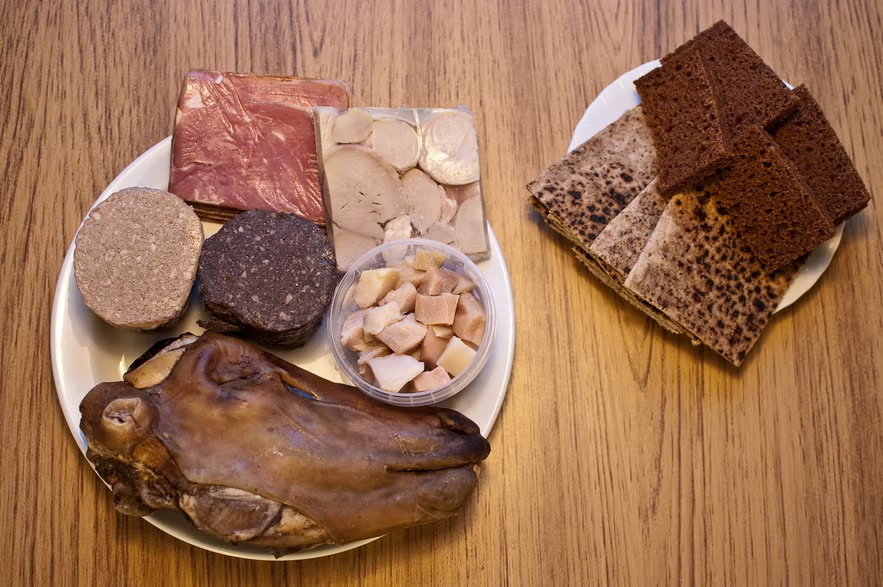
Food festivals like Food & Fun in Reykjavík blend local ingredients with global culinary trends, offering a taste of Icelandic creativity.
Engaging with Icelandic Locals
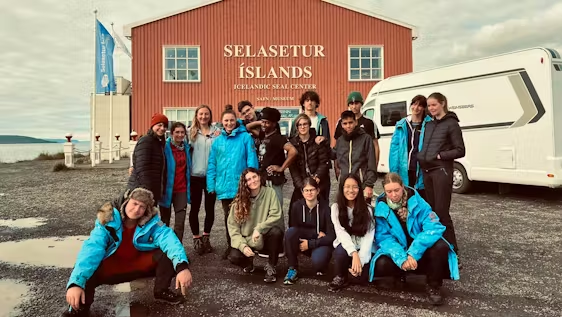
Learning the Language Basics
While most Icelanders speak English, learning a few Icelandic phrases shows respect and often leads to richer interactions.
Experiencing Icelandic Hospitality
Icelanders are known for their warmth and openness. Stay in guesthouses or join community events for authentic cultural exchanges.
The Role of Nature in Icelandic Traditions
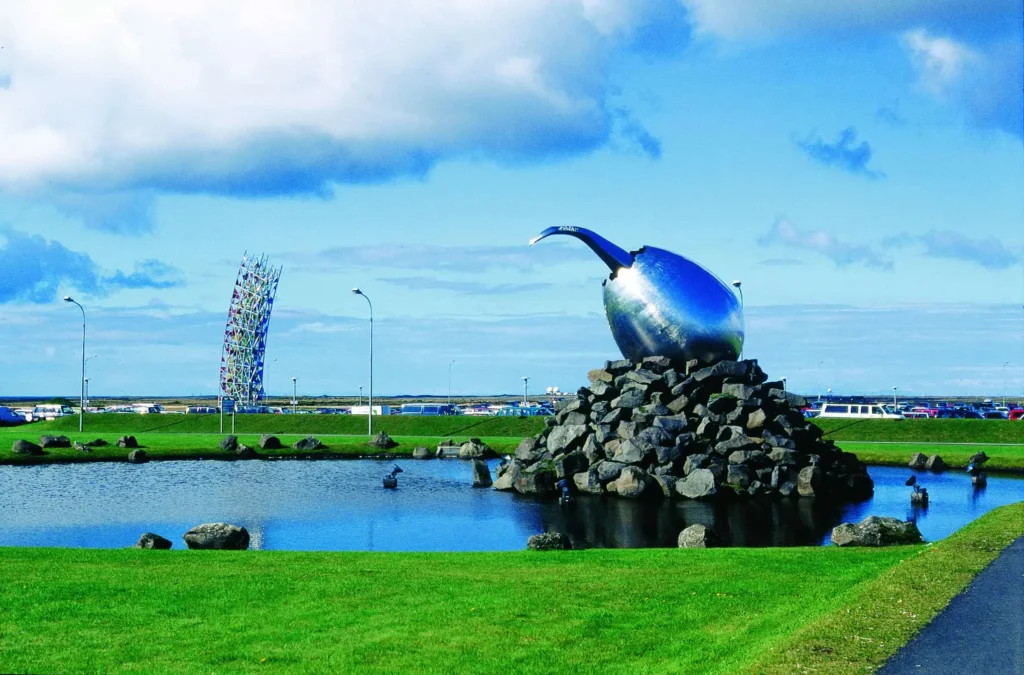
Nature isn’t just scenery in Iceland—it’s a spiritual and cultural cornerstone. From tales of hidden elves (Huldufólk) to volcanic eruptions shaping folklore, nature and culture are inseparable here.
Museums and Cultural Centers to Visit

- Must-See Museums in Reykjavík: National Museum of Iceland, Saga Museum, and Árbær Open Air Museum provide deep cultural insights.
- Regional Cultural Centers: Explore local history and art in towns like Akureyri and Ísafjörður.
Music and Nightlife Scene

How Iceland’s Music Scene Reflects Its Culture
Music in Iceland is as diverse as its landscapes. Experience live performances in Reykjavík’s intimate venues or during the Iceland Airwaves festival.
The Importance of Literature in Iceland

Iceland’s Love for Books and Storytelling

Reykjavík’s designation as a UNESCO City of Literature isn’t by chance. Icelanders’ passion for stories dates back to the sagas, and every winter, the Jólabókaflóð (Christmas Book Flood) fills homes with new books.
Art and Architecture

Iconic Icelandic Artworks
From contemporary galleries to street art, Iceland’s art scene offers visual stories shaped by isolation and nature.
Architectural Wonders
Structures like Hallgrímskirkja church in Reykjavík represent Iceland’s modern interpretation of tradition and nature.
Tips for Responsible Cultural Tourism in Iceland
- Support local artists and businesses.
- Participate in cultural experiences respectfully.
- Learn about Iceland’s environmental efforts and contribute by leaving no trace.
Planning Your Trip for Cultural Exploration
- Book accommodations early during festival seasons.
- Consider renting a car to explore regional cultural hubs.
- Pack appropriately for the season and activities planned.
Conclusion
Visiting Iceland isn’t just about breathtaking landscapes—it’s a journey into a culture shaped by history, nature, and a resilient spirit. The best time to experience Iceland’s rich cultural offerings depends on what you seek—summer festivals under the midnight sun, winter’s intimate music gatherings, or the cozy cultural retreats of autumn and spring.
Whenever you visit, Iceland’s warm hospitality, deep-rooted traditions, and vibrant contemporary scene will leave you inspired.




